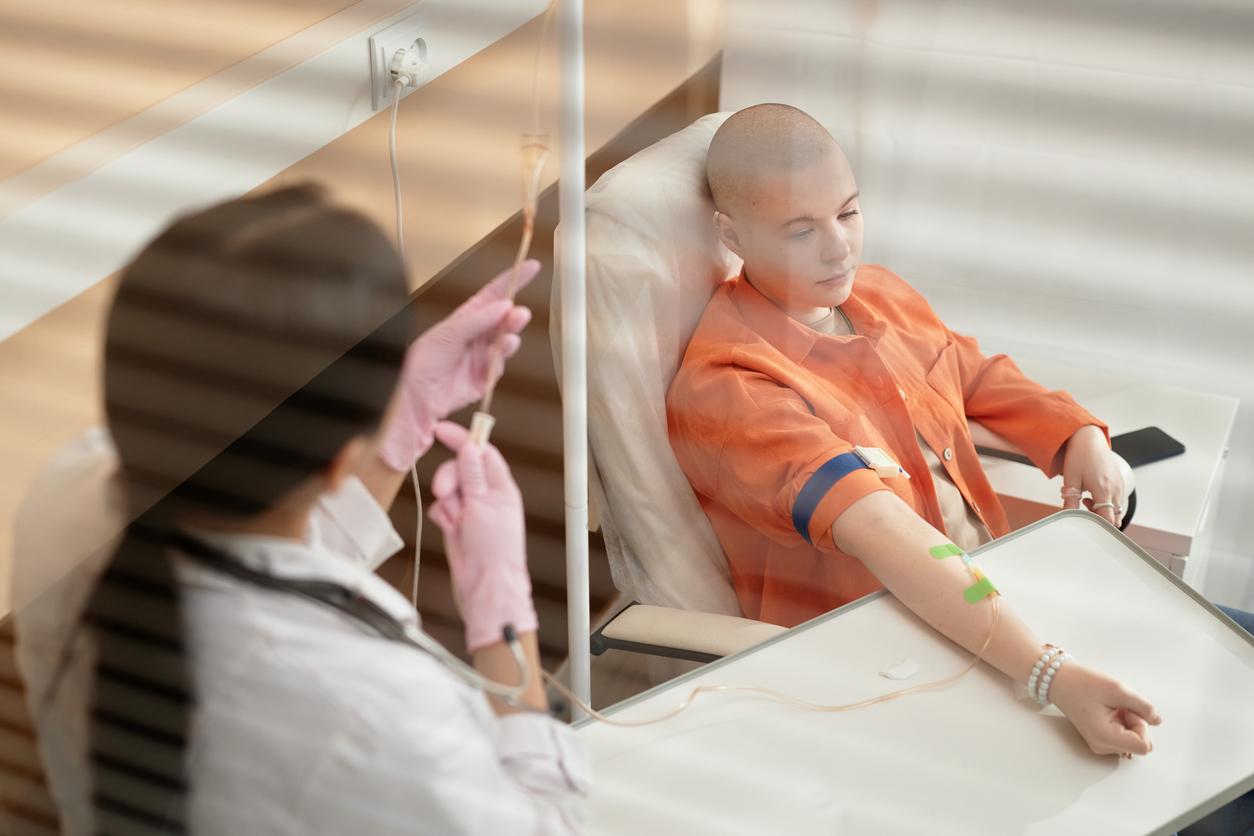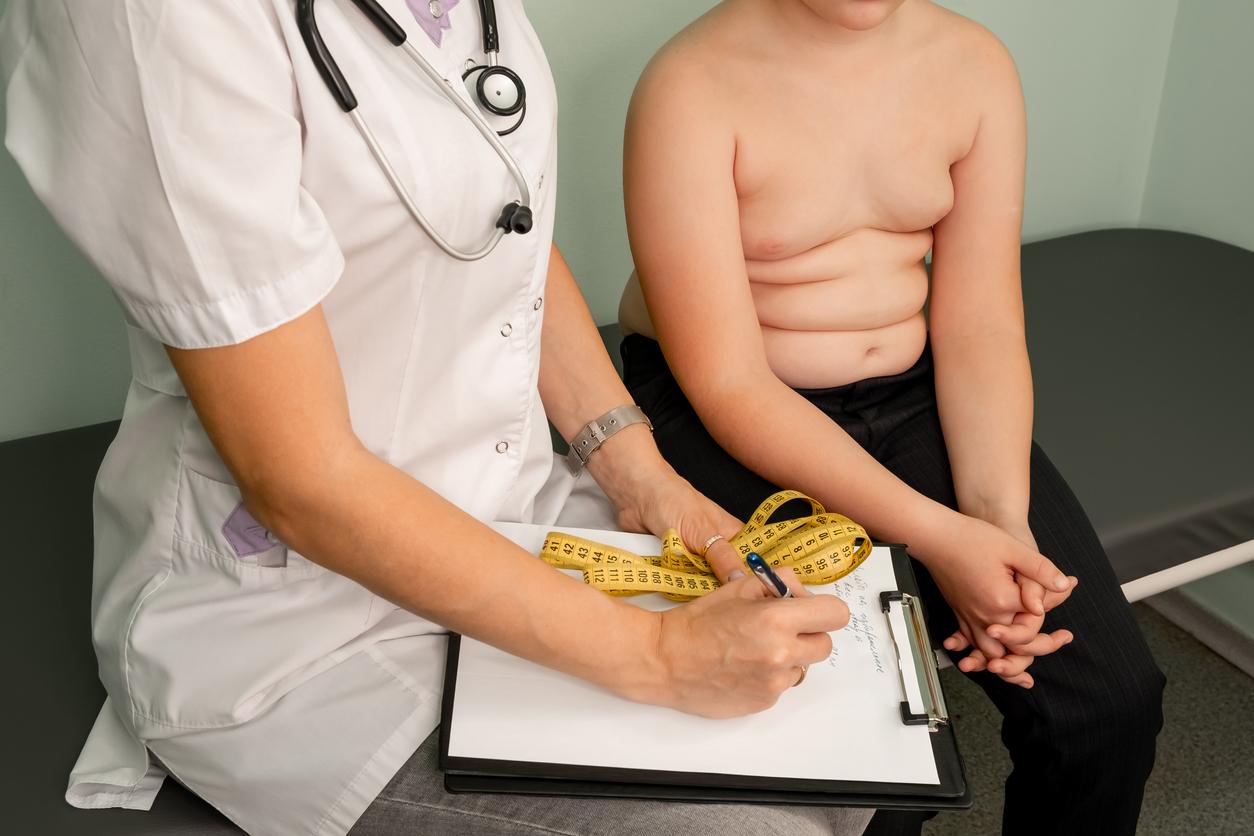ASCO 2015 – Advanced melanomas are cancers with a poor prognosis. “Anti-PD1”, the latest generation of immunotherapy, are showing promising results.

- Metastatic melanoma is often resistant to treatment
- “Anti-PD1” immunotherapies, alone or in combination with ipilimumab, increase survival by several months
- The cost and toxicity of the ipilimumab / nivolumab combination are debated
With a good prognosis when diagnosed early, melanomas are often resistant to treatment when they are at a metastatic stage (III or IV). Despite the use of new therapies, only one in five patients is still alive five years after diagnosis. A phase III clinical trial, published in the New England Journal of Medicine and presented at the recent congress of the American Society of Clinical Oncology (ASCO), demonstrates better efficacy of the latest generation of immunotherapy: “anti-PD1” antibodies.
Progress over the past 5 years
Five years ago, the arrival of ipilimumab had already made it possible to improve the management of patients with metastatic melanoma. This anti-CLA-4 “checkpoint inhibitor” has also become the standard for first-line treatment for this type of cancer. But the results of recent clinical trials could lead to a review of the recommendations, in favor of anti-PD1 antibodies, the latest generation of checkpoint inhibitors.
The latest test to date, presented at the ASCO congress in Chicago, has provided more than promising results. Conducted on more than 900 patients aged 18 to 90, the “CheckMate 067” trial compared three treatment options: the standard treatment, nivolumab (anti-PD1 antibody), and a combination of the two molecules.
9 additional months of progression-free survival
Nivolumab and the ipilimumab / nivolumab combination induce a response rate to treatment much higher than ipilimumab alone: 43.7% and 57.6% respectively against 19%.
Progression-free survival also improves significantly with anti-PD1. While it does not exceed three months on average with standard treatment, it climbs to over 11 when patients are treated with the combination of the two molecules, and nivolumab alone allows it to reach 7 months.
For Michael Atkins, professor at the Georges Town University Medical Center, who has commented on these results to ASCO, it is clear that “ipilimumab alone can no longer be the first line treatment for metastatic melanoma”.
An opinion shared by many specialists present. “Ipilimumab obtained its marketing authorization in France only 5 years ago, but today this molecule is already a” grandmother “”, confirms Dr Céleste Lebbé, dermatologist at the Saint-Louis hospital (Paris). It is therefore very likely that the next standard will include an anti-PD1, nivolumab or pembrolizumab, which had been evaluated in previous trials.
Increased toxicity
If these results aroused a lot of enthusiasm among the dermato-oncologists present at the ASCO congress, the specialists nevertheless underline the non-negligible toxicity of the ipilimumab / nivolumab combination. “More than half of the patients who received this dual therapy reported severe side effects, and 36% chose to stop the protocol, notes Céleste Lebbé. We should certainly not stop at this toxicity, but it is undoubtedly a therapy that should only be prescribed by doctors who are familiar with this problem. “
Dr Céleste Lebbé, dermatologist at Saint-Louis hospital (Paris): “These side effects are usually manageable with corticosteroids …”
A cost that is debated
Another point that crystallized the debates around this dual therapy: the cost. Cancer treatments are more and more expensive, and several sessions have addressed this problem during this edition of ASCO. In a plenary session, Leonard Saltz, head of the gastrointestinal oncology department at Memorial Sloan Kettering Cancer Center (New York), presented cost estimates for various treatments. The combination of ipilimumab / nivolumab would thus cost $ 295,566 per patient. The treatment with nivolumab would cost him “only” 103,220 dollars. As for ipilimumab, admittedly cheaper, the specialist nonetheless pointed out that its price per gram was today “4000 times that of gold”.
Faced with the benefits promised by these immunotherapies, the health authorities will also have to take into account both the toxicity and the costs of the treatments for their next recommendations. While waiting to know which one will become the new standard, Céleste Lebbé recalls that: “for the 40 to 50% of patients who present a mutation in the BRAF gene, there is another association, which is not an immunotherapy, but which also offers good results “.
Dr Céleste Lebbé : “We have two major therapeutic approaches to treat BRAF positive patients …”
.















